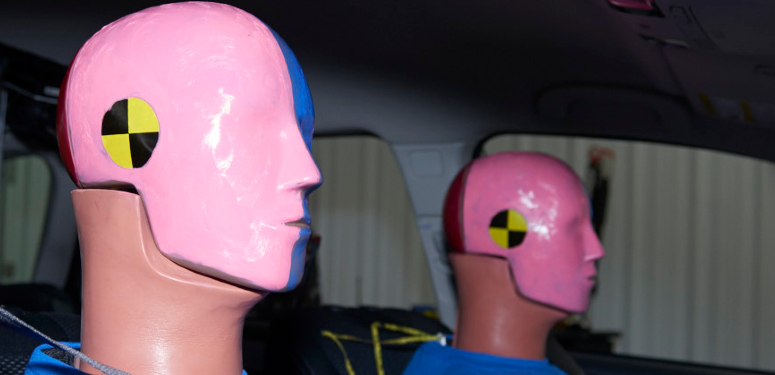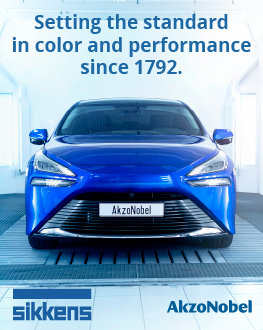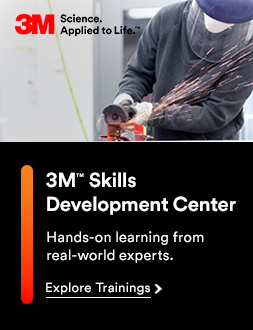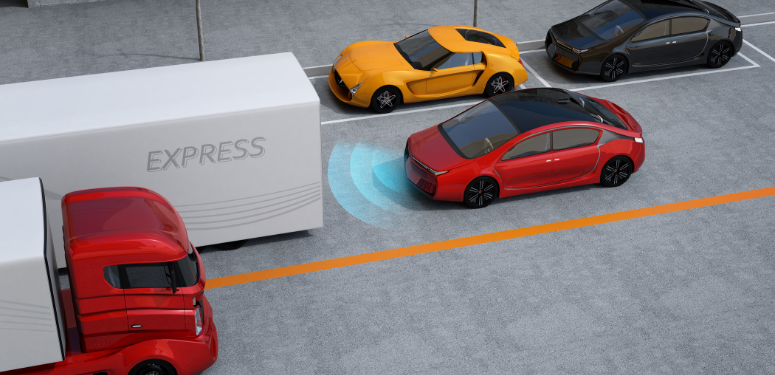Toronto, Ontario — The rapid advancement of automotive safety technology over the past several decades has shed light on many aspects of vehicle design that have historically been overlooked, but much work still remains when it comes to developing crash test scenarios that properly account for the “average” female body.
A recent study carried out by a UK-based research team found that women are significantly more likely than men to be trapped in their vehicle following a crash.
As well, organizations like the Insurance Institute for Highway Safety (IIHS) have found that female drivers are three times more likely than men to incur serious injuries, like broken bones or a concussion, in a crash.
To help close this gap in collision severity, Swedish engineer Astrid Linder is working to develop a standard crash test dummy modeled on the body of an average-size woman, according to a report from Bloomberg.
“The injury statistics show that the gap between men and women isn’t decreasing despite the great improvements in crash safety,” she said.
Linder’s team wrapped up a four-and-a-half-year long project funded by the European Commission and Volvo to develop the 137 lb., 5-4 crash dummy.
She says that because U.S. and E.U. regulations only call for automakers to at minimum use a 75.5 kilogram “male” dummy in crash testing, there is no incentive for them to account for other body types in their tests.
“Frankly, women should be angry,” said Christopher O’Connor, CEO of Michigan-based crash dummy developer Humanetics Group.
“[A car] should be safe regardless if you’re a male or a woman in every seating position.”
Humanetics makes their own female crash dummy, called the THOR-5F, that contains 150 sensors that are aimed to address the specific vulnerabilities women encounter in a crash. He says that in the past female crash dummies were essentially just smaller male dummies that took no account of how different bodies react in a crash.
While widespread adoption among mainstream OEMs is still a ways away, O’Connor says that some manufacturers are interested in the THOR-5F.
The IIHS’s head of vehicle research and author of the previously cited report says that she is glad the industry is starting to protect passengers “beyond that of a midsize male,” but that true change will only come from reflecting on our behaviour behind the wheel.
“We need to think more holistically,” said Jessica Jermakian.
“We need to think of ways we can reduce speeding, ways to prevent crashes all together, ways that we can remove that incompatibility between larger and smaller cars.”







































